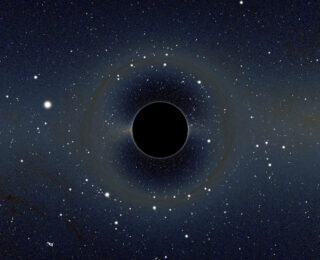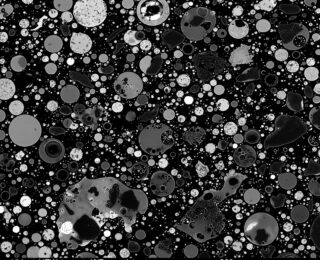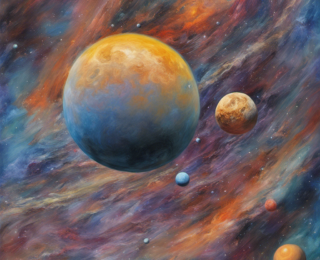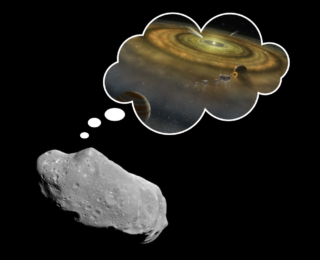
How Common are Solar Systems Like Our Own?
How common are systems like our own solar system? Do big and small planets often form together?

How common are systems like our own solar system? Do big and small planets often form together?

What are some relationships between Saturn, one of our brightest night-sky objects, and cultures around the world?

In this Astrobite, the authors search for primordial black holes, a dark matter candidate, by calculating the effect their gravity would have on objects in our Solar System!

Some claim magnetic spherules collected from the Pacific seafloor are fragments of an extrasolar meteorite. Are these fragments actually anomalous or are they evidence of yet more industrial pollution?

Ancient rogue planet could explain why sednoids in our Solar System follow such unusual, distant orbits.

Meteorites may hold a key piece of information for understanding planet migration in our solar system!